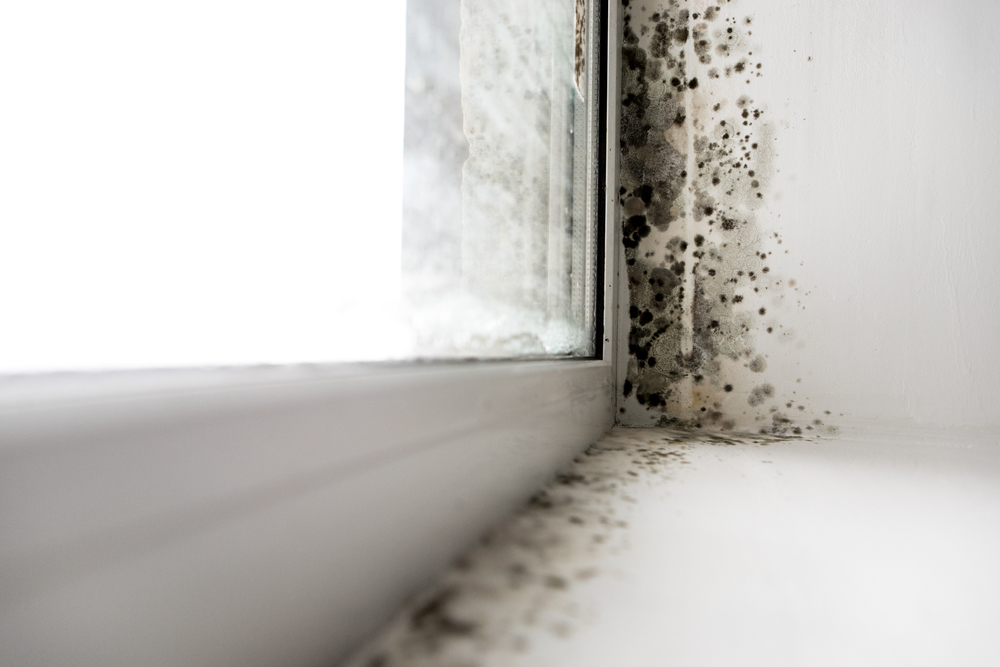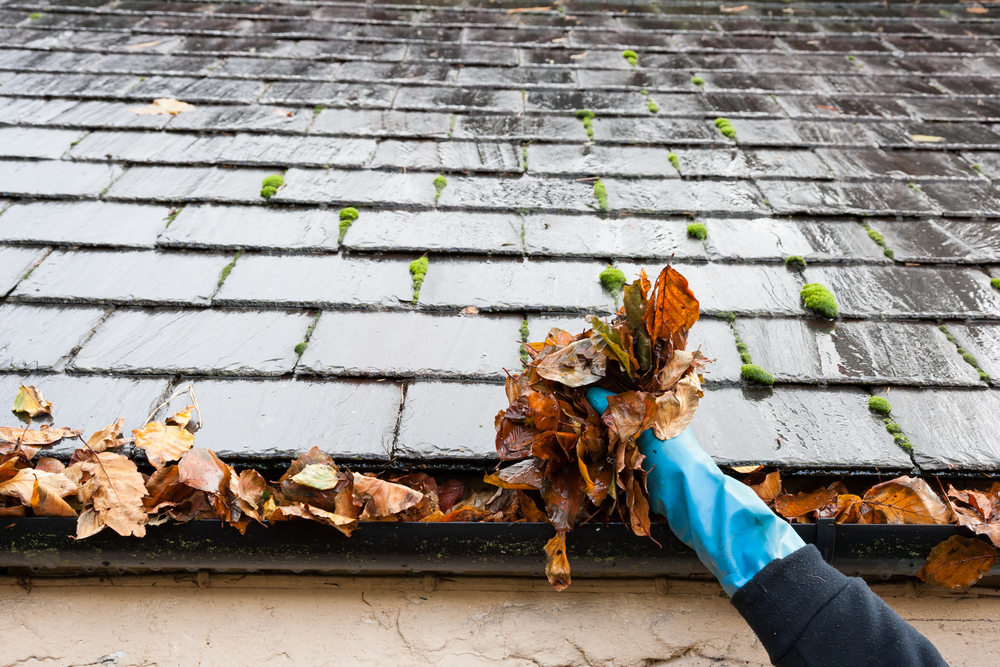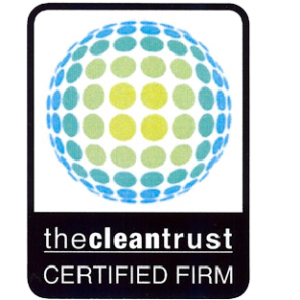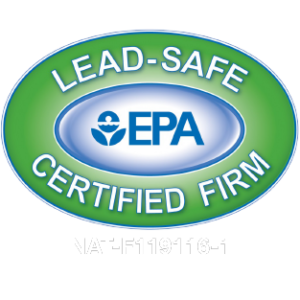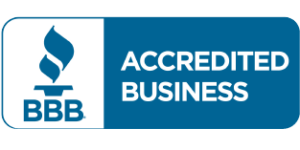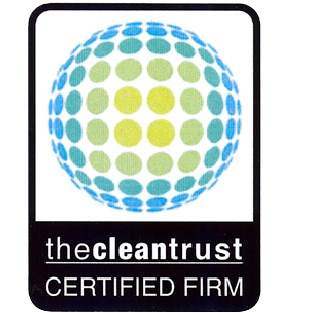
How to Protect Your Home or Business From Water Damage
Fortunately, protecting your home or business from water damage is relatively easy — if you know what to do. Start with these steps to keep your building and its contents safe, well-kept, and water damage-free.
Outside Your Home or Business
- Clean your rain gutters.
This first tip is one of the most obvious: clean your gutters routinely, at least twice per year. This ensures that your gutters are free from debris that can accumulate, eventually causing water damage to your gutters, your roof, and even the foundation of your home or business. - Clean your downspouts.
Clean your downspouts every time you clean your gutters. Clogged downspouts prevent water and debris from flowing from your roof to the ground, which may cause water accumulation and damage. Also, make sure your downspouts are directed at least 5-10 feet away from your home or business in order to prevent water accumulation along the base of the building. - Inspect your roof: look for missing or damaged shingles, and other abnormalities.
If your roof has missing or damaged shingles, the likelihood of water leaking into your home or business building increases. Inspecting your roof and making a few minor repairs can make all the difference when it comes to preventing water damage. - Avoid planting certain trees and shrubs near underground pipes.
While beautiful, trees like willow trees, magnolia trees, and poplar trees have invasive root systems that can cause damage to the underground plumbing or sewer system of your home or business. Before you plant any type of tree or shrub, do your research: check online if the plant in question poses a risk to your underground pipes, and make sure you understand the layout of the sewer system below your lawn’s surface.
Inside Your Home or Business
- Test your sump pump.
A sump pump prevents water damage in your home or business by collecting water that has accumulated around the building’s foundation and pumping it to the nearest storm sewer or drainage ditch. Test your sump pump at least once a year by pouring a few buckets of water into the sump pump pit. Make sure the sump pump turns on, empties the water from the pit, and turns off. - Watch for leaks and wet spots and fix them right away.
Be proactive and routinely check your appliances and pipes for leaks. Similarly, check your ceiling, attic, and the floor around your toilet, tub, and shower for wet spots, which will inevitably spread. If you notice a leak or moisture damage anywhere within your home or business, take the necessary steps to fix it immediately. If you wait to make repairs, you’re more likely to experience damage to the building. - Be cognizant of what you’re pouring down your drain.
Have a clogged shower drain? It can be tempting to fix the issue with chemical drain cleaner but avoid doing so if you can. Chemical drain cleaners can burn holes in your pipes, causing significant plumbing issues and water damage down the road. Instead, opt for a drain snake to clear blockages. Similarly, avoid pouring grease or fat down your sink. These interact with chemicals in the sewer and can build up and cause blockages. - Keep track of your monthly water bill.
Another indicator that you may have an issue with your building’s plumbing? An abnormally high water bill. Be cognizant of your water bill every month, as anomalies might indicate a leak and impending damage.
All in all, preventing water damage in your home or business starts with a few simple steps to add to your normal maintenance routine. Follow these tips to help keep your building free of water damage for years to come.

Join our Newsletter
Receive regular updates on tips and tricks to keep your house or office building in tip-top shape.





